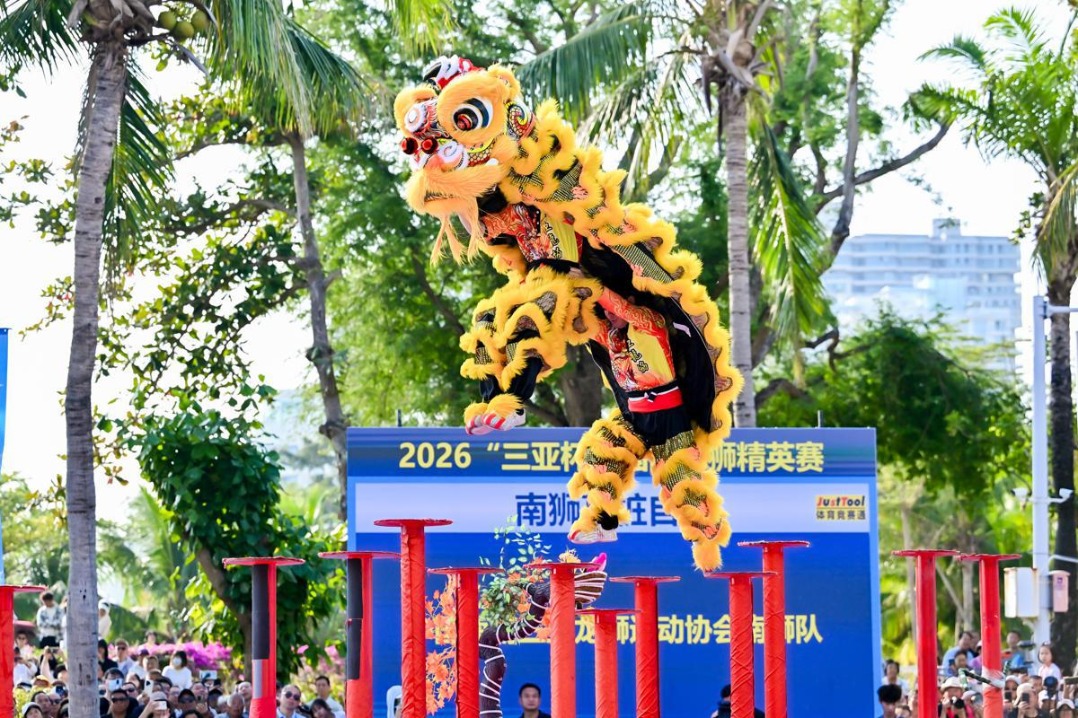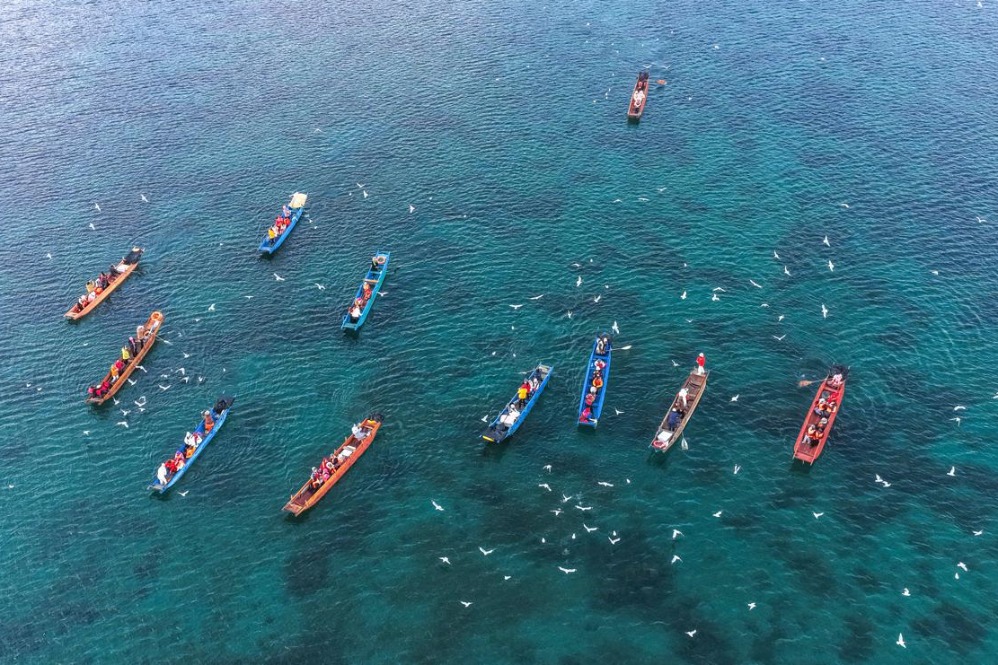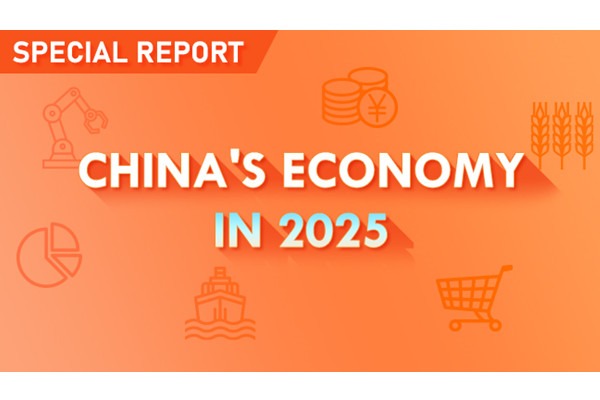Bigger ships to drive Yangtze growth

Larger, more efficient river-going cargo ships are being built to support China's plan to develop the Yangtze River Economic Belt into a new growth engine for the country.
At Zhejiang Zengzhou Ship Building Co, Li Dan and his workers have been busy for over eight months building a ship that carries twice as much cargo as most of the ships plying the Yangtze River, the country's longest and the world's third-longest river.
"The ship, with a designed loading capacity of 20,000 metric tons, will be handed over to the customer in two more months for transporting iron ore," said Li, deputy general manager of Zhejiang province shipyard.
These larger ships are more efficient because on each trip they can carry more of the cargo they pick up at coastal ports, where it is offloaded by giant oceangoing vessels too large for the journey up the Yangtze.
Since September 2016, giant Valemax vessels-each with a capacity of up to 400,000 metric tons dead weight-have been used to carry iron ore from Brazil to Zhejiang's Ningbo-Zhoushan port, a giant facility that includes the coastal city of Ningbo and the Zhoushan Islands.
Ore has been transferred to much smaller vessels, most with a load capacity of less than 10,000 metric tons, for the trip to inland cities along the Yangtze.
To optimize logistics along the river, Chinese transportation authorities in March 2017 instituted a guideline for building efficient ships suitable for ocean and sea operations.
"Cities including Wuhan in Hubei province and Ma'anshan in Anhui province along the Yangtze River are the largest consumers of iron ore," said Suo Xudong, deputy head of the Zhoushan Port & Shipping Administration Bureau.
A 20,000-ton vessel is able to reach as far as Ma'anshan, where the Ma'anshan Iron and Steel Group, one of the country's largest steelmakers, is located, Suo said. Beyond that, smaller vessels must still be used.
"The bigger ship will help bring down logistics costs by at least 20 yuan to 30 yuan ($3 to $4.60) for each ton to Ma'anshan, compared with current smaller vessels," he said. That cost differential is significant to steel producers, he added.
Xu Xiaoyue, deputy mayor of Zhoushan, said ensuring smooth waterborne traffic and facilitating the connection of traffic hubs is a key part in the development plan of the Yangtze River Economic Belt.
Such measures can add up: The Yangtze is the world's busiest inland river in terms of main waterway cargo volume, according to the Yangtze River Navigational Affairs Administration of the Ministry of Transport.
The river saw the cargo volume on its main waterway reach 2.5 billion tons in 2017, up 8.2 percent. The average tonnage of cargo ships on the main waterway has grown to 1,630 tons, according to figures released by the administration on Friday.
- Chinese researchers make breakthrough in green cooling technology
- Former head of national forestry and grassland body under investigation
- A new lease of life: Providing dialysis access in rural China
- China's grain output hits new high in 2025
- Xinjiang ensures vegetable, fruit supply amid cold wave
- Chinese scientists develop self-powered device to speed up muscle repair





































